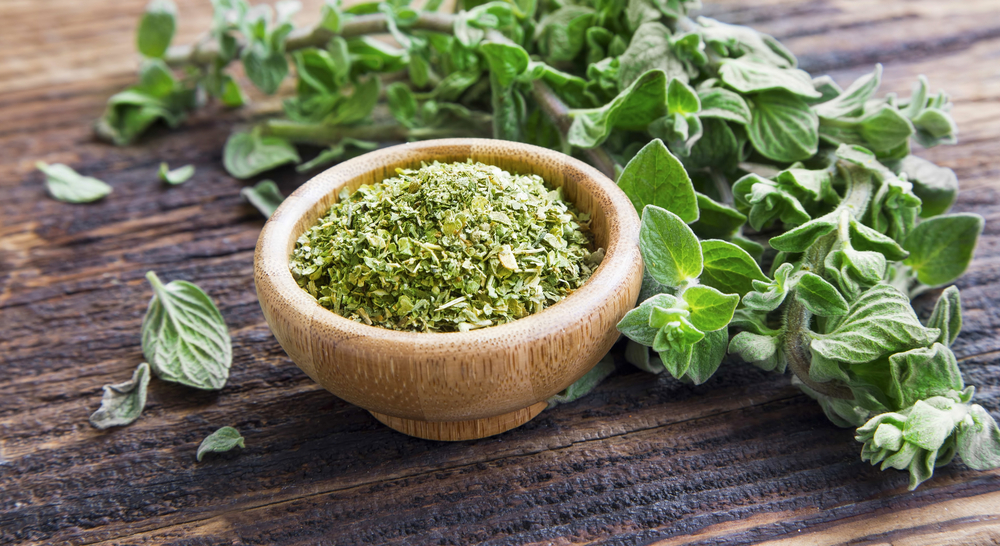
Oregano, a fragrant herb renowned for its culinary and medicinal properties, has long been cherished for its robust flavor and therapeutic benefits. Belonging to the mint family Lamiaceae, oregano is native to the Mediterranean region but has found its way into cuisines and herbal medicine practices worldwide. Cultivating oregano and harnessing its diverse uses offer a glimpse into the rich tapestry of human history, gastronomy, and holistic health practices.
First and foremost, oregano cultivation is relatively straightforward, making it a popular choice for home gardeners and commercial growers alike. Oregano thrives in well-drained soil with ample sunlight, making it suitable for cultivation in various climates. It can be propagated from seeds, cuttings, or divisions of existing plants, allowing for easy expansion of oregano patches. Furthermore, oregano is a hardy perennial herb, meaning it can endure winters in temperate climates and continue to produce fresh foliage year after year, making it a dependable addition to any herb garden.
In terms of culinary applications, oregano is a staple herb in Mediterranean and global cuisines, prized for its bold flavor and aromatic qualities. Whether used fresh or dried, oregano adds depth and complexity to a wide range of dishes, including pizzas, pasta sauces, soups, salads, and marinades. Its savory, slightly peppery taste pairs well with tomatoes, garlic, olive oil, and various meats, enhancing the overall flavor profile of dishes. Oregano’s versatility extends beyond savory dishes; it can also be infused into oils and vinegars or used to flavor bread, crackers, and even desserts, showcasing its adaptability in the kitchen.
Beyond its culinary appeal, oregano boasts a rich history of medicinal use dating back to ancient times. Traditionally, oregano was valued for its antimicrobial, anti-inflammatory, and antioxidant properties, making it a go-to remedy for various ailments. Oregano essential oil, extracted from the leaves through steam distillation, is prized for its potent antimicrobial properties and is used topically to treat minor skin infections, wounds, and insect bites. Additionally, oregano tea, brewed from dried leaves, is consumed to alleviate respiratory issues, indigestion, and menstrual cramps, among other ailments, owing to its soothing and antispasmodic effects.
Furthermore, modern scientific research has substantiated many of the traditional uses of oregano, shedding light on its pharmacological properties and potential therapeutic applications. Studies have shown that oregano contains compounds such as carvacrol, thymol, and rosmarinic acid, which exhibit antimicrobial, anti-inflammatory, and antioxidant activities. These bioactive constituents have garnered interest in various fields, including herbal medicine, food preservation, and natural cosmetics, underscoring the multifaceted nature of oregano’s utility.
conclusion
the cultivation and uses of oregano exemplify the intersection of culinary artistry, traditional wisdom, and modern science. Whether enjoyed in a hearty pasta sauce, brewed into a soothing tea, or applied topically for skin health, oregano continues to captivate and nourish both body and soul. As we delve deeper into the realm of herbalism and gastronomy, oregano stands as a testament to the enduring legacy of botanical treasures and their invaluable contributions to human well-being.
